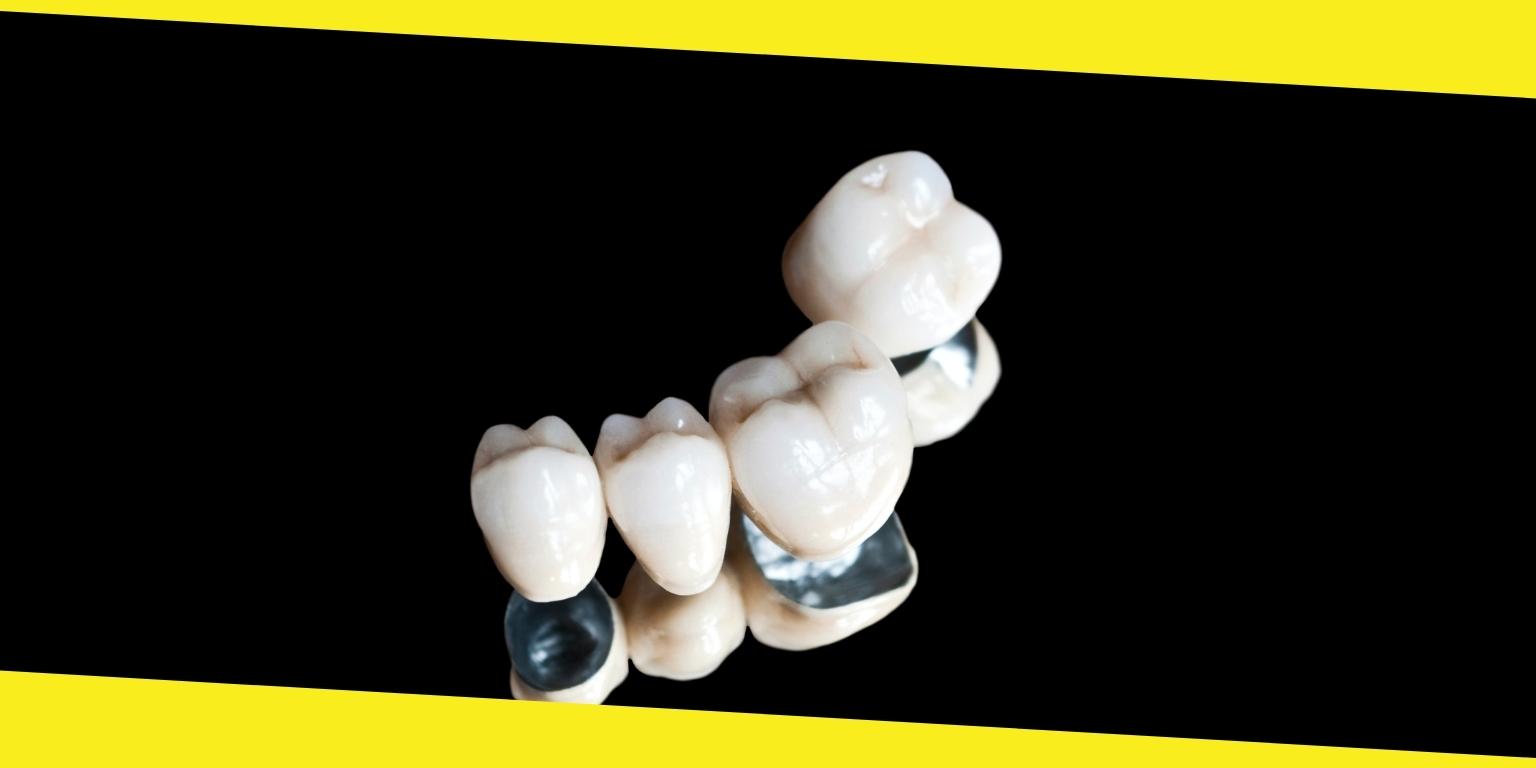What You Ought to Know About Crowns and Bridges
This post was last updated on February 12th, 2024

Dental health aims to maintain your oral health, restore and improve your teeth function, and smile.
While you have to take care of your oral health, your dental provider also does all it takes to protect your teeth. Usually, removing a tooth is not the first option. Dental providers use therapeutic techniques to repair your teeth, better function, and prevent further damage. The Hilliard crowns specialist James Butler DMD offers quality dental crowns to restore your damaged teeth.
Please keep reading to understand why you may need crowns and how they work.
Contents
ToggleWhat is a dental crown?
A crown is a tooth cover placed over your existing teeth to restore your natural teeth function and health. Dental crowns are tooth-like caps that address or restore the teeth’ shape, size, and color.
A crown is also essential in other dental treatments such as dental implants and root canals. A crown makes the top part of your implant in dental implant treatment. Usually, your provider places it on the top of the tooth root.
In a case of a root canal treatment, your provider covers the treated area with a crown to prevent decay.
Depending on the materials used, a dental crown looks like your natural teeth and enhances your natural teeth’ function.
What is a bridge?
Like a crown, a bridge is also a therapeutic dental treatment, only that it replaces a missing tooth without an existing dental root.
Usually, a bridge consists of an artificial tooth joined to a crown on one or either side. Depending on your preferences, there are colored bridges available to match your natural smile.
Reasons you may need a crown or bridge?
Your provider may suggest dental crowns for the following reasons.
- To protect a weakening tooth from further damage
- To replace a severely decayed tooth
- To restore tooth function after damage
- To promote your smile
- Supporting a tooth with fillings
- Toughening a tooth that has had a root canal
The following are the benefits of dental bridges.
- Enhances your chewing and speaking abilities
- Prevents teeth shifting
- Replaces missing teeth, improving your smile
- Enhances force distribution in your bite
The process of getting a dental crown or bridge?
The procedure for bridge and crown installation takes two separate visits. The first visit involves preparation, where your provider scraps off some of your tooth enamel to make space for the artificial teeth.
The next step involves taking your dental impression and using dental putty. Your provider then sends the impression of designing custom crowns and bridges to the lab.
Your provider provides you with a temporary crown or bridge to go home until the permanent ones are ready.
During the second appointment, your provider takes out the temporary parts and fixes the new ones according to your preferences.
A crown helps you solve various dental issues, including discolored teeth and misshapen or chipped teeth. At the same time, a bridge replaces a missing tooth. They both enhance teeth function and your smile and prevent further teeth damage. Dr. Butler has it all covered for you. Call to schedule your consultation today.
Recommended For You
Can IV Hydration Enhance Weight Loss Outcomes?
Most Inside
Most Inside offers high-quality recommendations and valuable updates to enhance all aspects of your life, providing premium guidance and enriching experiences.




